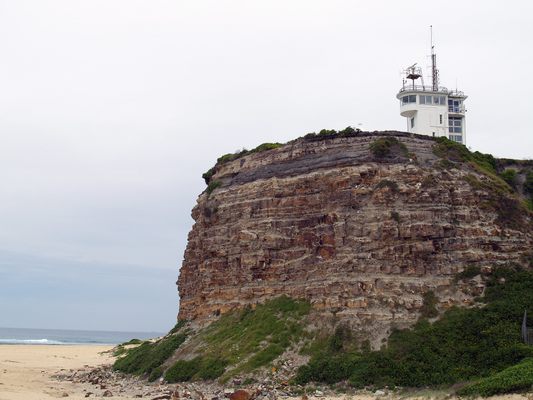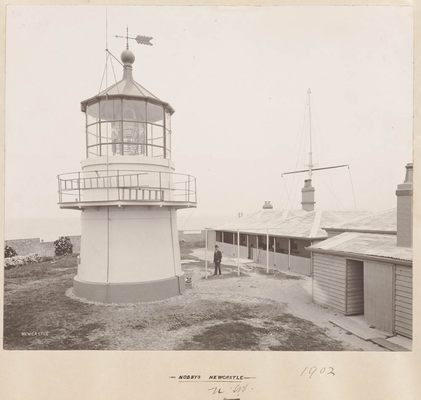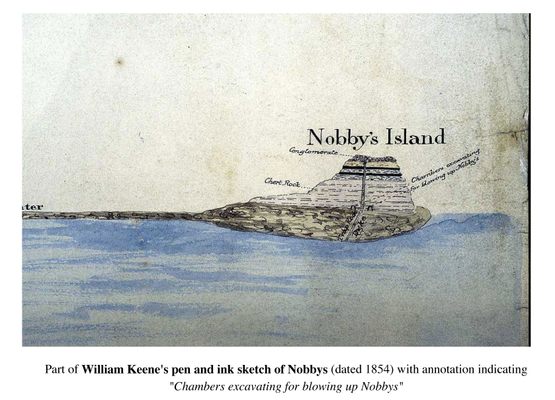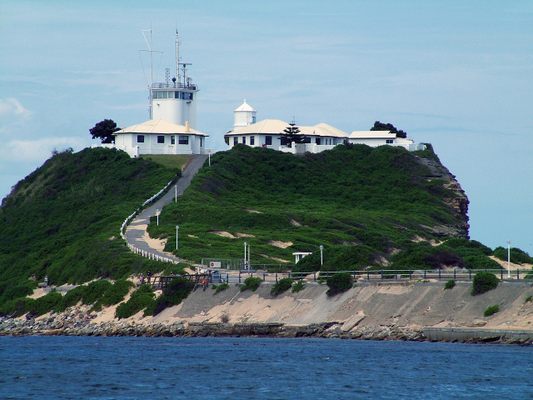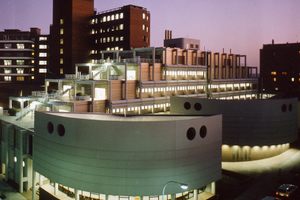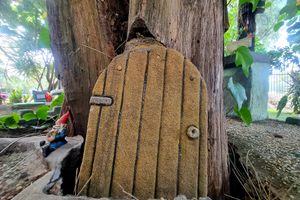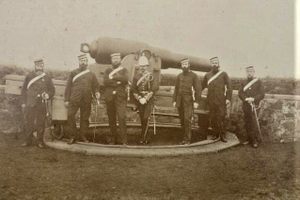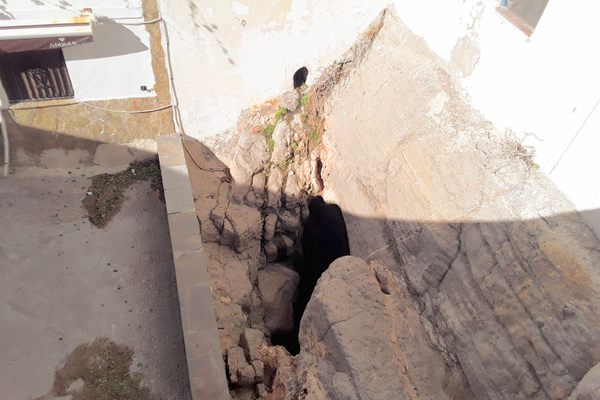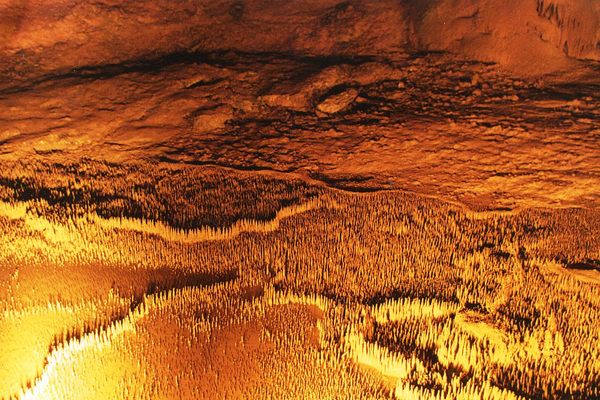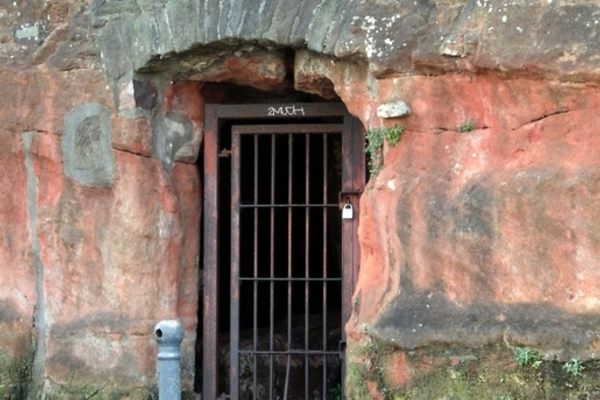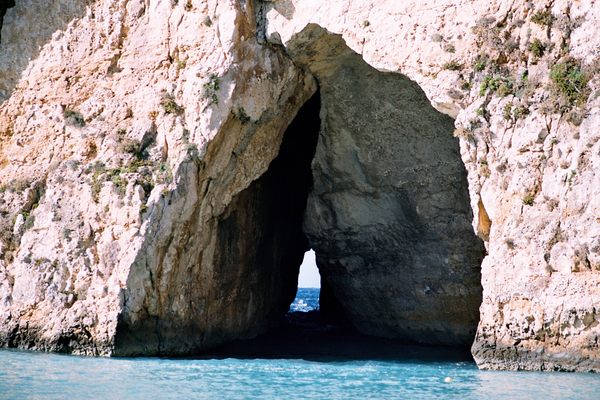About
In the 1850s, tunnels were dug into the side of Nobbys Head—once known as Nobbys Island. British colonists that had settled in the area wanted to reduce the height of the rocky outcrop by half, in order to more easily build a planned lighthouse. The excavated tunnels were intended to hold gunpowder, which would be used to blow the top off the headland.
But in what has become known as Australia's first recorded environmental action, the citizens of Newcastle, petitioned the Governor to step in and avoid Nobbys' complete obliteration. Led local businessmen John Bingle and George Thorne, the community pushed for a stop to the tunneling and proposed explosions. Their campaign was successful, and the gunpowder plan was abandoned in 1854.
That did not mean that Nobbys Head went untouched. Rather than being blown to bits, though, about 25 feet (7.6 meters) was cut off the top of Nobbys in order to create a flat surface where the planned lighthouse could stand.
The lighthouse was finally built in 1857, and its beacon lit for the first time in January 1858. But the unused gunpowder chambers remain within the landmark. According to a newspaper report from 1945, the last person to view the chambers reported there was an inscription to "Lieut. Shortland," the European discoverer of Newcastle (or Coal River) within one of the tunnels.
Related Tags
Community Contributors
Added By
Published
April 15, 2013
